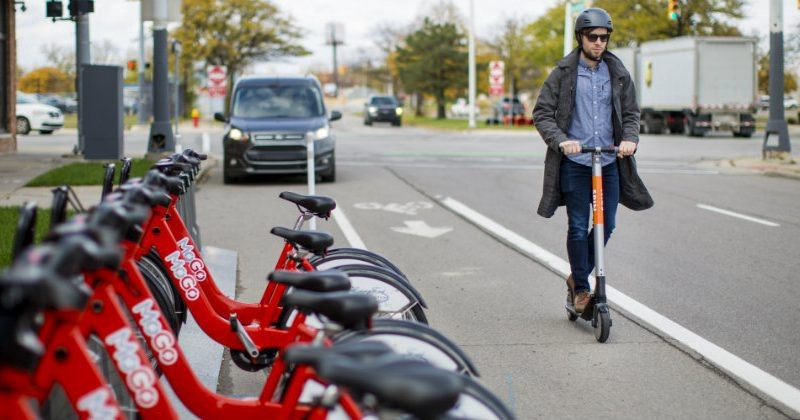In recent years, urban centers across the globe have witnessed a transportation revolution fueled by the rise of micro-mobility. E-scooters, e-bikes, and dockless bicycles are rapidly becoming popular alternatives to traditional forms of commuting, offering residents and visitors alike a fast, flexible, and eco-friendly way to navigate crowded cities.
Micro-mobility refers to small, lightweight vehicles operating at low speeds and designed for short-distance travel typically under 10 kilometers. These vehicles, especially electric scooters and bikes, have seen a surge in usage as cities grapple with traffic congestion, air pollution, and limited parking spaces. For many urban dwellers, hopping on an e-scooter for a quick ride to work, school, or the train station has become as common as hailing a taxi.
One of the primary drivers behind the popularity of micro-mobility is convenience. Most shared scooter and bike systems operate via mobile apps, allowing users to locate, unlock, and pay for a ride with just a few taps. Unlike traditional public transit, these vehicles offer point-to-point travel, reducing transfer times and eliminating the need to wait for scheduled services.
Environmental concerns also play a significant role in micro-mobility’s appeal. Electric scooters and bikes produce zero direct emissions, making them an attractive option for climate-conscious commuters. By replacing short car trips, these vehicles help cut down on urban carbon emissions, which are a major contributor to climate change. Additionally, fewer cars on the road translate to reduced noise pollution and less wear and tear on city infrastructure.
However, the rapid expansion of micro-mobility has not been without its challenges. In many cities, sidewalks cluttered with parked scooters and bikes have sparked safety and accessibility concerns. There have also been issues related to user behavior, with some riders ignoring traffic rules or using the vehicles recklessly. In response, city governments are enacting regulations such as designated parking zones, speed limits, and mandatory helmet laws to better integrate these services into existing transportation systems.
Despite these hurdles, the benefits of micro-mobility are hard to ignore. It offers a scalable solution to first-mile and last-mile problems in urban transportation bridging the gap between public transit stops and final destinations. Additionally, as battery technology improves and urban planning evolves to accommodate these new modes of travel, micro-mobility is expected to become an even more vital part of city life.
As cities continue to evolve, micro-mobility stands out as a promising path forward reshaping how people move, reducing urban congestion, and helping build cleaner, more connected urban spaces.

